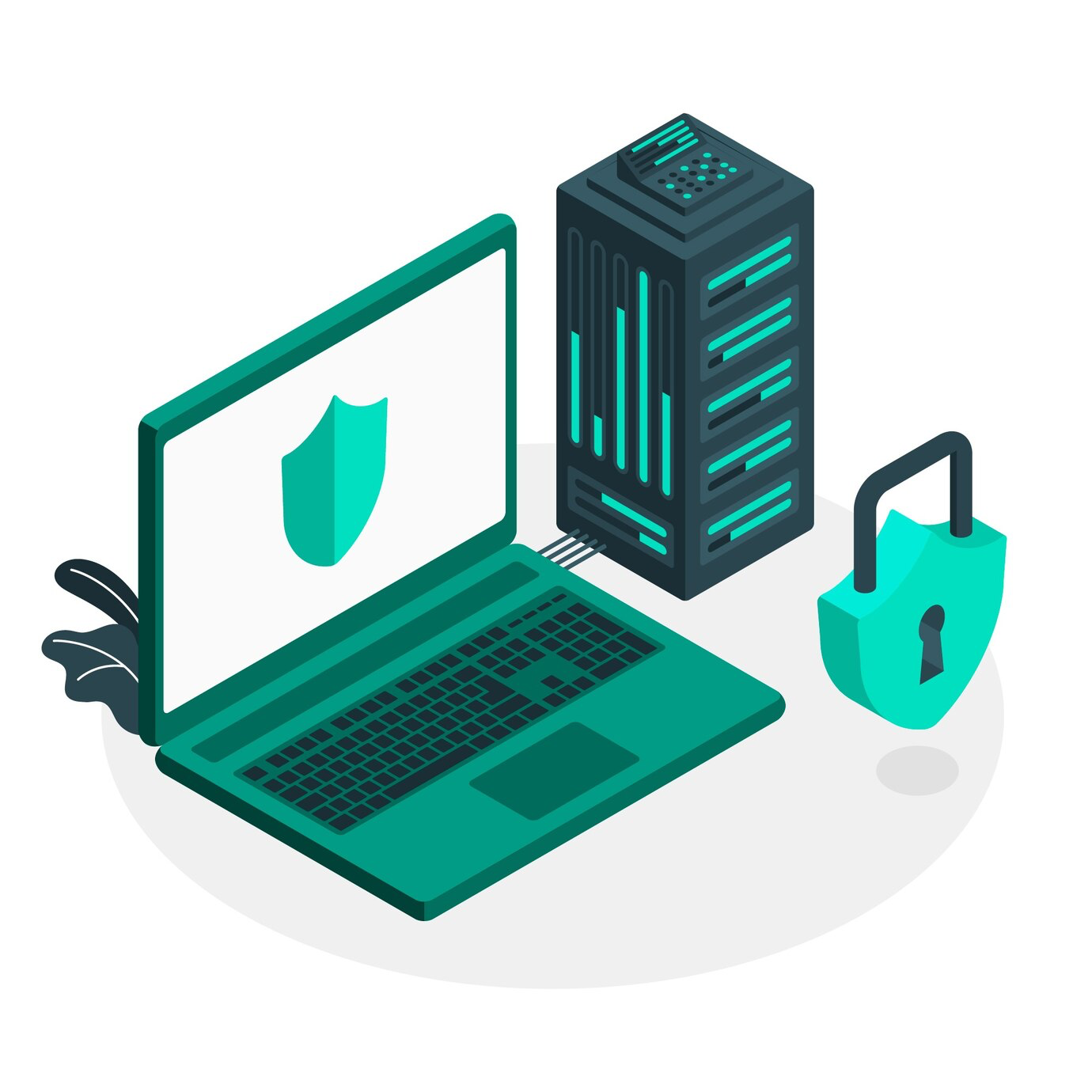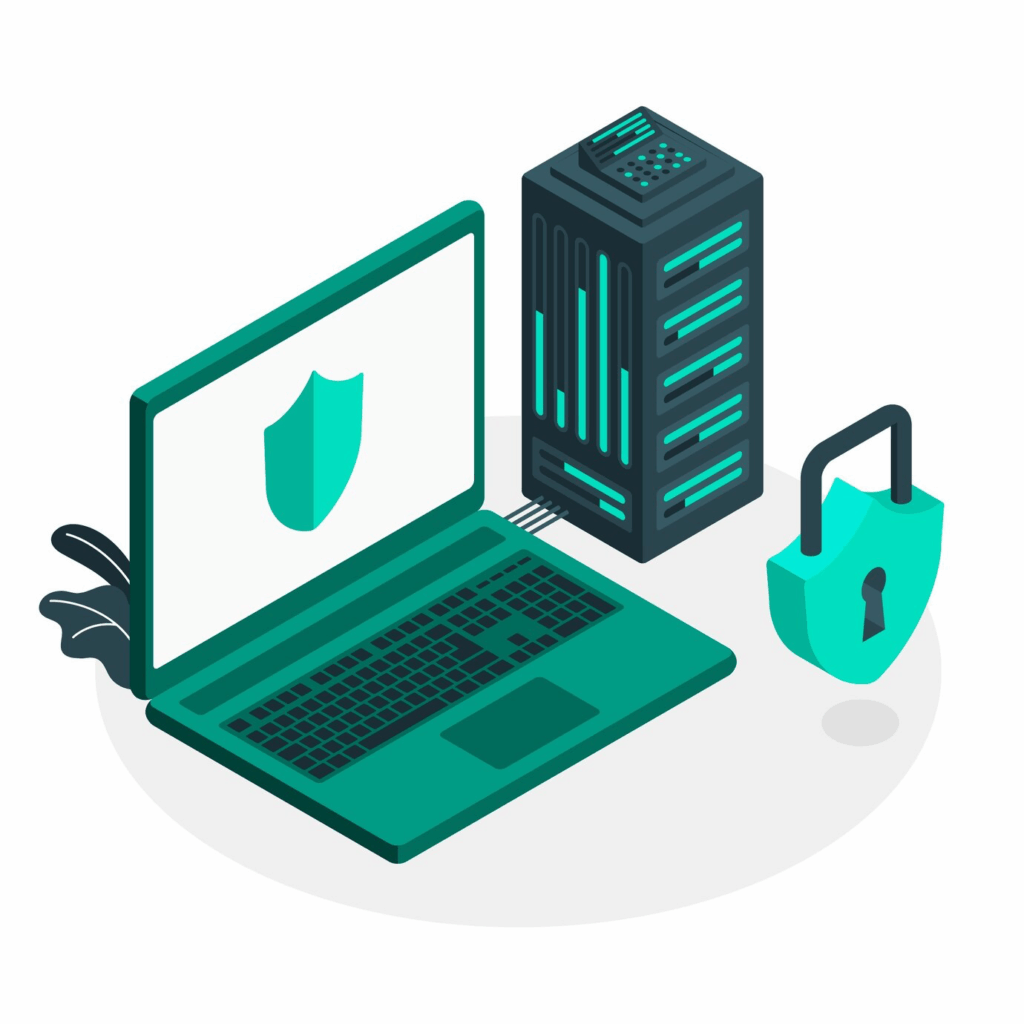Local AI may protect sensitive data by keeping it close to home, but it opens the door to a new category of threats specifically around how AI models are updated across a decentralized network.
What’s the Risk?
In a decentralized setup, AI models are deployed across hundreds or even thousands of edge devices—think factory machines, logistics sensors, or smart meters. These models occasionally need updates to improve performance, correct errors, or integrate new data.
But here’s the challenge: without a central control system, updates are pushed independently across the network. If the update pipeline isn’t fully secure, it creates a prime opportunity for attackers to slip in malicious code, what cybersecurity experts call a “poisoned update.”
Hackers could manipulate the AI’s behavior
Sensitive model weights could be stolen or altered
Critical systems could be disabled remotely
According to a 2022 study published by IEEE, 29% of decentralized edge deployments experienced at least one unauthorized update or configuration breach—a staggering statistic given the high-stakes environments these systems operate in.
What’s the Solution?
To fix this, security experts are calling for:
Blockchain-secured update channels: These use immutable ledgers to verify that every update comes from a trusted source and hasn’t been tampered with.
Zero-trust architecture: This security model assumes nothing and verifies everything—ensuring that no device or user is inherently trusted.
Cryptographic model signing: Every version of an AI model is signed with a digital fingerprint, making it impossible to alter the model without being detected.
These tools are critical in ensuring every device in a decentralized system is running a safe, verified, and untampered version of the AI model.
As decentralized AI scales, security isn’t a feature—it’s a foundation.




